RECENT COMMENTS
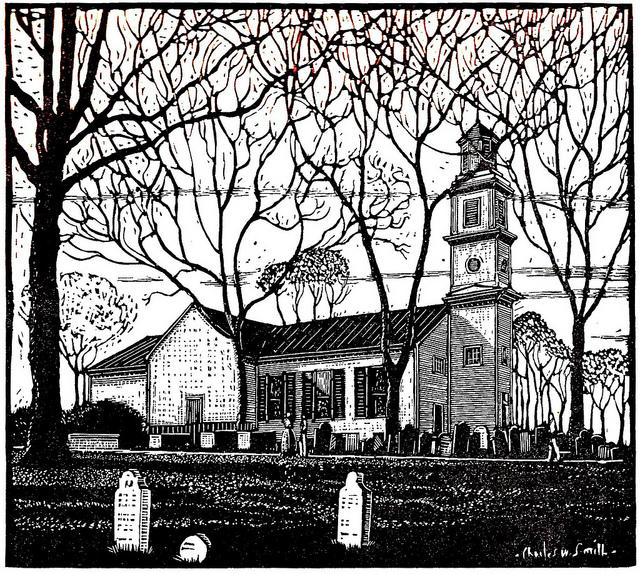
The block prints of Charles W. Smith
Charles William Smith (1893-1987)
Born in Lofton, Virginia, in 1893, Charles William Smith studied at the University of Virginia summer school, the Corcoran Art School, and Yale University’s School of Fine Arts. He taught at the University of Virginia, the College of William and Mary, and the New York School of Printing. Smith moved to Richmond in 1925 where he worked as an artist for Whittet & Shepperson, a local printing firm. In 1929 he taught art at the Richmond Division of the College of William and Mary. For the next four years, Smith worked out of his apartment on Monument Avenue as a commercial artist. He became chair of the art department at Bennington College in Bennington, Vermont, in 1936 and taught there until 1947. Smith taught at the University of Virginia from 1947 until his retirement in 1963 and was the first chairman of the art department. Charles W. Smith died in Charlottesville in 1987.
Smith learned how to use gouges and chisels from his father, a patternmaker for local industries. Early in his career he turned to linoleum block printing. He explained in his 1926 book, Linoleum Block Printing, that the basic techniques for linoleum block and wood block were similar. The artist transferred his design to the block and then cut the design in relief. Areas not to be printed were cut away. The difference lay in the inability of the linoleum to permit fine lines or much detail. Linoleum blocks produced prints with large areas of color and minimal lines.
Unlike Lankes, Smith was often experimental. A nationally recognized printmaker, Smith also was an accomplished book designer. His Old Virginia in Block Prints, chosen as one of the “Fifty Books of the Year” for 1929 by the American Institute of Graphic Arts, was a collection of linoleum block prints. He published woodcuts in his books on Charleston (1933) and the University of Virginia (1937), but ventured beyond representational printmaking in the 1940s. Smith created a method of block painting to explore abstract forms. He published two books of his block paintings, Animal Fare and My Zoological Garden.





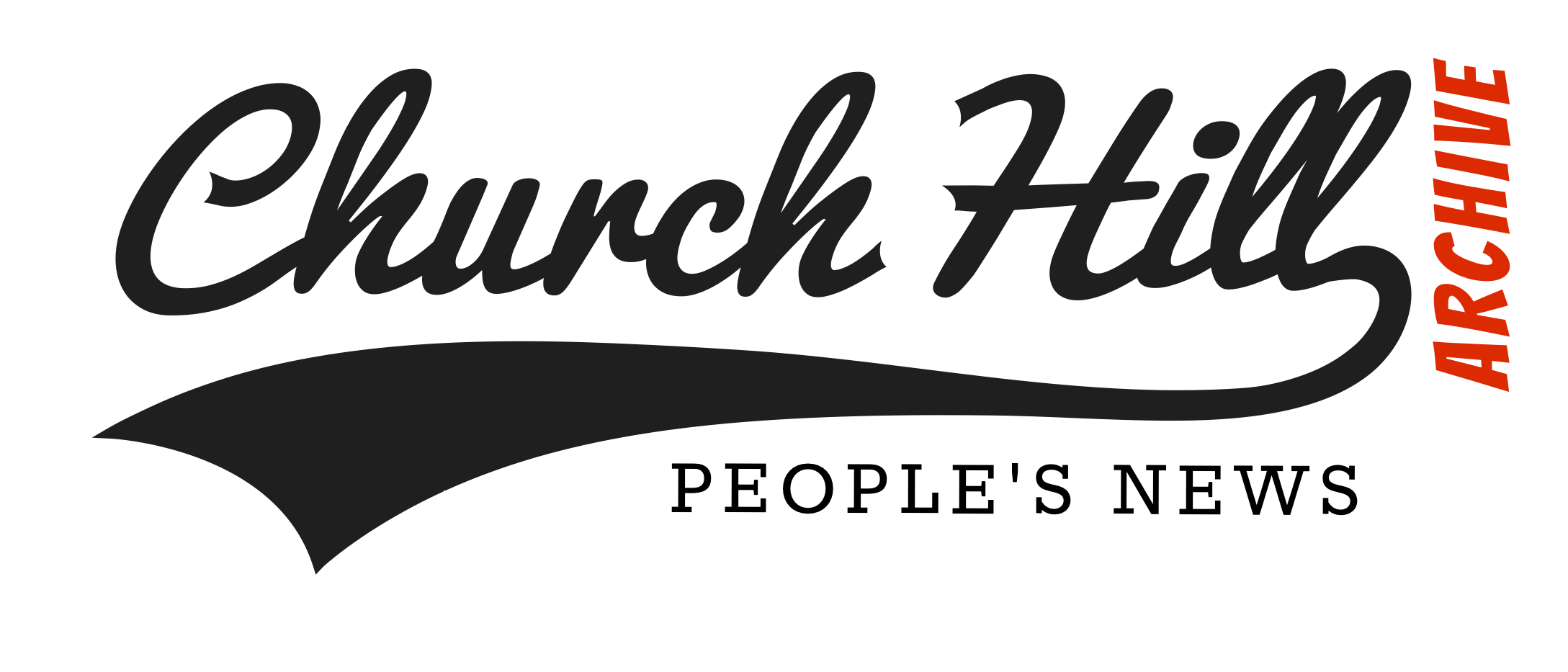
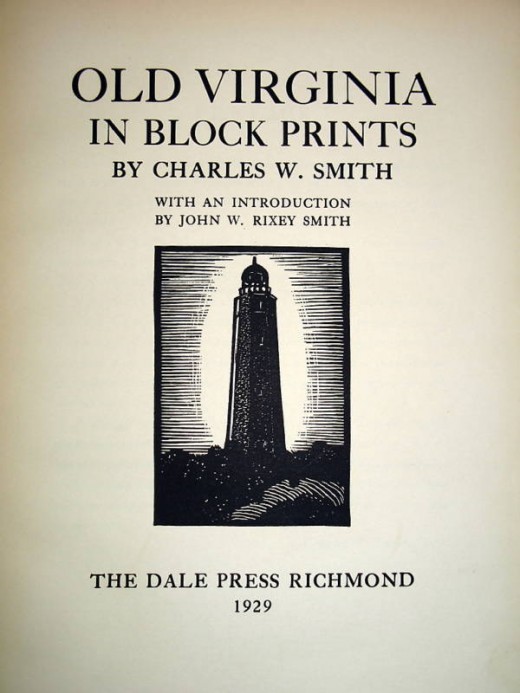
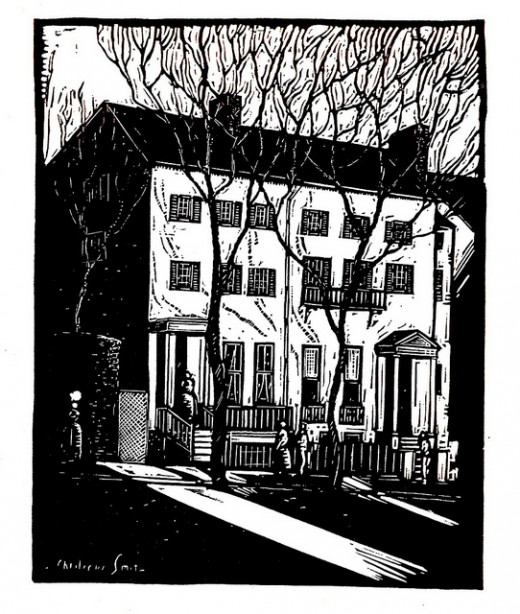
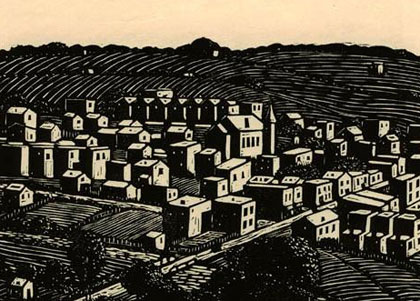

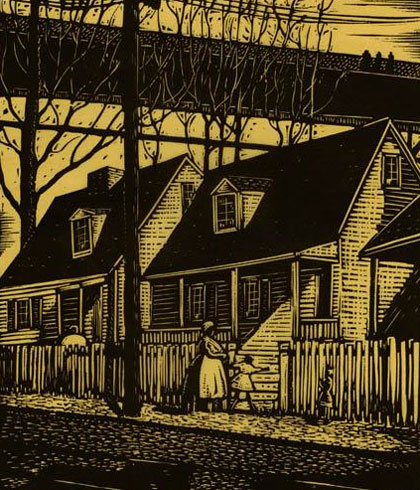
I have a linoleum block print by Charles Smith, of Monticello… it’s about 8×10 inches. Is this a collector’s item, and how would I go about finding a buyer?
Tricia,
You might like to look at Heritage Auctions. ha.com.
Wow, I had no Idea that he lived in Richmond! I have a drawing of his that I inherited from my mom and dad. I also have “Animal Fare”. Love his work.
Uncle Charlie (as we called him) was my grandmother Lula Susan Smith Henkel’s younger brother. I have many of his block prints that he gave to my grandmother, my dad and mom, and myself. He and his wife Nora lived in Charlottesville across the mountain from Waynesboro where I grew up. His father and family moved to Waynesboro where his dad worked for the Loth Stove Co. as a pattern maker in the early 1900’s.
I remember Uncle Charlie as a humble, generous, profesional who always had time for family and friends. He and Nora lived in his studio in downtown Charlottesville where he tirelessly worked up until his death.
I found a print titled , “A historical map of VIRGINIA By Charles W Smith”
It is 32.5 X 24.25 inches. It is in bad shape, with some scraped, and very darkened. I would like to try to have it cleaned up to give to my daughter, who is graduation from UMW in historical preservation. Can anyone tell me history on this print, as well as recommend a service to clean/restore it?
Thank you.
I have four signed abstractions which I obtained from him when I was at UVa. I would like to know their value.
This site says that his abstractions auction for $500-700.
I have a set of 8 abstractions of animals. I really love his work. Can you tell me their value?
Thanks….Judy
I have 6, prints, fruit, still life, lilfe in the black community.
Good condition, C. Smith paid my dad with these in cxchange or dental work while he was in Richmond, Va.
Interested in selling.
#10, you might contact the Eric Schindler Gallery here in Church Hill. It’s at 23rd and East Broad Streets, and sells a lot of different artists works. Phone is 644-5005 and they have a website, http://www.ericschindlergallery.com , good luck with your sale.
You could also contact either U of R or VMFA–both institutions have large collections of works on paper and VMFA in particular is actively working to build their collection of works by Virginia artists. I happen to know that VMFA holds works by JJ Lankes, another illustrator who was Smith’s direct contemporary and who worked in a similar mode.
I have a numbered print. .8/50 signed by him. How much is it worth? Although I’m not planning on selling. I’m a collector of allrt..just decided to look him up one day. Now I know who he was.